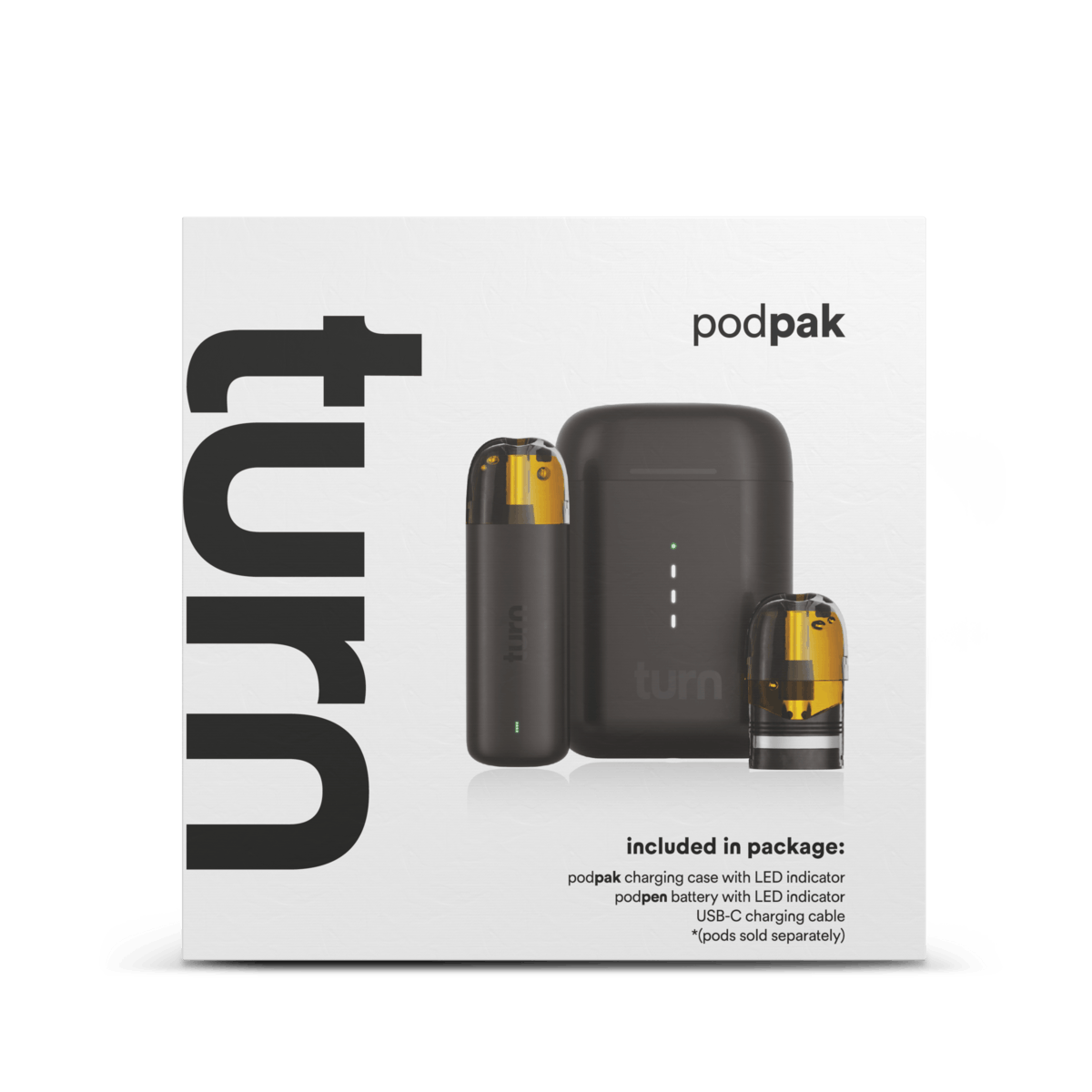Turn Products: Safe and Reliable Vape Cartridges
Turn Products: Safe and Reliable Vape Cartridges
Blog Article
The Ecological Influence of Disposable Vapes: Are They Really Sustainable?
Disposable vapes, a booming market sector in the vaping market, have actually sparked discussions regarding their ecological effect. With issues varying from resource removal to squander disposal, diving into the environmental footprint of non reusable vapes unveils a complex problem that is worthy of closer exam.
Environmental Impact of Disposable Vapes

Unlike conventional vapes that can be filled up and reused, non reusable vapes are made for a single-use cycle, leading to a fast accumulation of digital waste. The manufacturing procedure of non reusable vapes also eats important resources and energy, additional worsening their ecological footprint. Inappropriate disposal of these gadgets can cause soil and water contamination, posing dangers to wild animals and environments.

Manufacturing Refine and Source Intake
Throughout the manufacturing of disposable vapes, significant amounts of resources and energy are consumed, adding to their overall environmental effect. The manufacturing procedure of non reusable vapes involves the extraction and handling of basic materials such as steels for the device components, plastic for the casing, and lithium-ion batteries for the source of power. These procedures require considerable power inputs and can result in the generation of greenhouse gas discharges, contributing to environment change. Furthermore, the production of disposable vapes usually includes using non-renewable resources, additionally diminishing finite products.
In addition, the production of disposable vapes additionally generates waste and air pollution. The production process of non reusable vapes plays a considerable duty in their general ecological footprint and sustainability factors to consider.
Waste Generation and Disposal Obstacles
In light of the resource-intensive manufacturing process of disposable vapes, the monitoring of waste generation and disposal presents considerable environmental difficulties. Non reusable vapes add to the mounting concern of electronic waste due to their single-use nature and facility structure.
Furthermore, the improper disposal of non reusable vape cartridges, which typically consist of recurring nicotine and other toxic materials, can contaminate the setting if not dealt with correctly. The absence of standardized recycling programs for these cartridges worsens the problem, with several finishing up in regular waste streams.
To attend to these waste generation and disposal challenges, it is important for suppliers to create more sustainable vape items that are simpler to reuse. Furthermore, increased understanding and education and learning on appropriate disposal approaches among customers are essential in minimizing the environmental influence of disposable vapes.
Chemicals and Poisonous Materials Use

Moreover, the batteries in disposable vapes include hefty metals such as cadmium, lithium, and lead, which are harmful to the atmosphere otherwise recycled properly. Turn products. Inappropriate disposal of these batteries can lead to soil and water contamination, posturing risks to ecological communities and human health. The extensive usage of chemicals and toxic materials in disposable vapes underscores the value of embracing lasting techniques in their disposal, production, and usage to reduce negative ecological influences.
Sustainable Alternatives and Solutions
What lasting choices and services can be carried out to attend to the ecological influence of disposable vapes? In addition, advertising liable disposal techniques for non reusable vapes, such as reusing programs, can aid minimize the ecological effects linked with these items.
An additional sustainable service is the development of biodegradable vape parts. Makers can check out using biodegradable materials for vape cases, cartridges, and packaging to reduce the lasting environmental impact of these products. Furthermore, encouraging making use of vaping products with fewer chemical ingredients and toxic substances can likewise contribute to an extra lasting vaping market.
Education and learning and understanding campaigns can play a crucial duty in advertising lasting methods among vapers - Turn products. By educating consumers concerning the environmental influence of non reusable vapes and highlighting the benefits of eco-friendly options, people can make more enlightened choices that line up with ecological preservation initiatives. Ultimately, a combination of governing measures, technical innovations, and customer activities is necessary to address the environmental obstacles positioned by non reusable vapes
Conclusion
Finally, the ecological influence of disposable vapes more information is substantial due to the manufacturing procedure, source intake, waste generation, and use chemicals. Lasting choices and options should be considered to reduce these negative effects. It is vital for suppliers and customers to focus on eco-friendly methods to decrease the ecological damage brought on by disposable vapes.
The environmental impact of non reusable vapes is an expanding concern as their widespread use contributes to plastic waste accumulation.Unlike traditional vapes that can be re-filled and recycled, disposable vapes are developed for a single-use cycle, leading to a rapid accumulation of electronic waste. The prevalent usage of chemicals and hazardous materials in disposable vapes underscores the relevance of embracing lasting methods in their manufacturing, usage, and disposal to reduce adverse ecological influences.
By notifying consumers regarding the ecological effect of non reusable vapes and highlighting the benefits of environmentally friendly alternatives, people can make more educated selections that line up with ecological conservation initiatives.In conclusion, the environmental effect of disposable vapes is considerable due to the manufacturing process, resource intake, waste generation, and use of chemicals.
Report this page